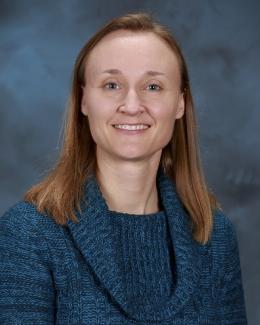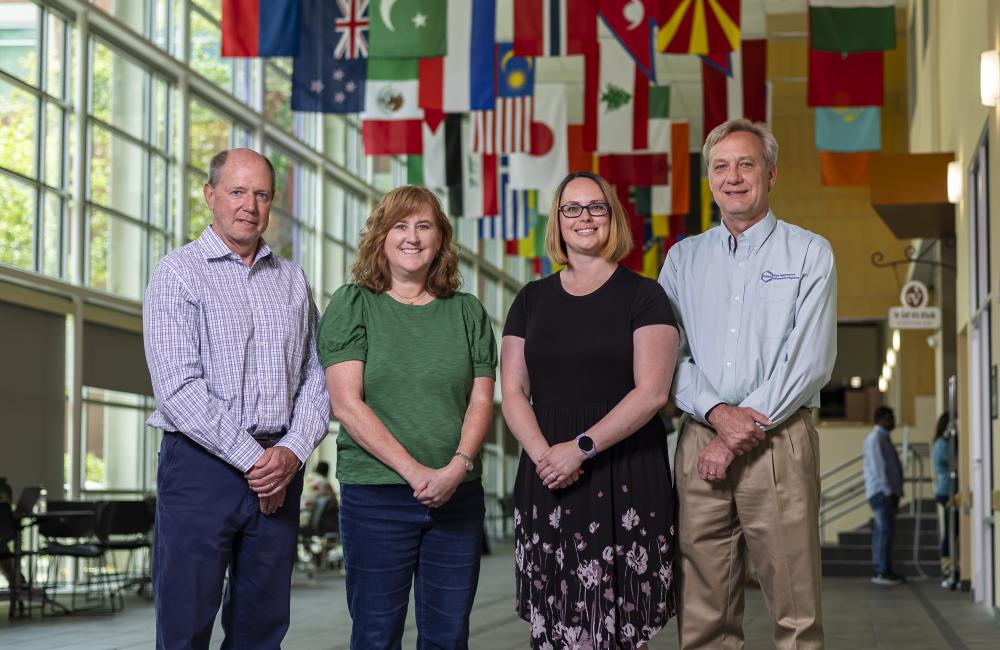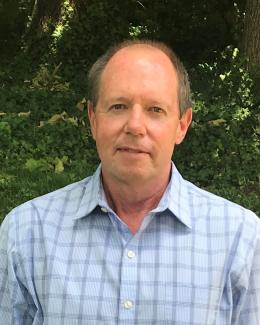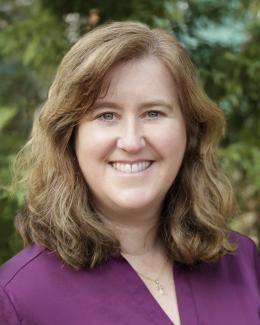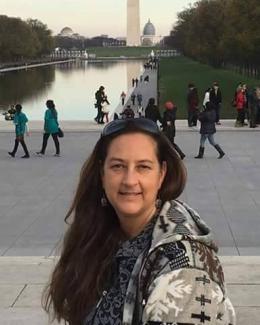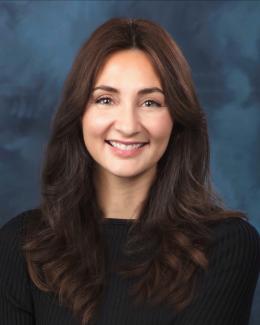The ORNL team, from left, Anthony Armstrong, Debra Stewart, Karessa Manning and Fred Dolislager, develop, manage and maintain widely used risk assessment tools and data for the EPA’s Superfund program. Not pictured are Katie Noto and Leslie Galloway. Credit: Carlos Jones/ORNL, U.S. Dept. of Energy
For 25 years, scientists at Oak Ridge National Laboratory have used their broad expertise in human health risk assessment, ecology, radiation protection, toxicology and information management to develop widely used tools and data for the U.S. Environmental Protection Agency as part of the agency’s Superfund program.
Taking advantage of searchable and executable databases, menu-driven queries, data downloads and dynamic calculators, the tools are used in the risk assessment process anywhere from project scoping to site remediation.
The tools supported by ORNL and available on EPA’s chemical and radiation risk assessment websites are used by federal, state and local governments as well as private industry and the general public to address environmental and ecological risk. The database is also referenced by regulators worldwide.
“We are a one-stop shop,” said ORNL’s Karessa Manning, an environmental risk analyst on the team supporting the EPA work in ORNL’s Environmental Sciences Division. “There is nowhere else in the world where users can easily access this information. We are unique with our database, and the amount of information that we maintain related to risk assessment.”
In the 1990s as risk assessors at Department of Energy sites concentrated on addressing legacy contamination from the Manhattan Project, ORNL spearheaded the development of a risk assessment information system that standardized radionuclide and chemical toxicity values and exposure risk levels so that assessors across the Oak Ridge Reservation were using the same information.
EPA took notice of the system and asked ORNL to create similar products for the agency’s use. Those toxicity values and screening levels for various contaminants are in use today at all EPA Superfund sites, said Fred Dolislager, who manages the program with ORNL colleagues.
Developing data-driven assessments with multidisciplinary science
“Risk assessment involves many different disciplines and technologies,” Dolislager said. “Geology is important for determining the appropriate soil types for background comparisons. Toxicology is important to quantify the effects of exposure, and ecology is used to model the impacts for multiple species that may get exposed to contaminants.
“Chemistry is important for the interaction of chemicals in the environment, and botany for the food products we consume and how they may be exposed and bioaccumulate. We use sociology and anthropology to understand the behavior and movement of humans and how they’re exposed to contaminants.”
Environmental scientists “model the relationships of multiple media like food, water, soil and air at the same time that impact multiple receptors. Basically, risk assessment is a come-join-the-party kind of discipline, and no one person can do it all,” Dolislager said.
Among the core team, Dolislager is the lead for program management; Debra Stewart leads the toxicology and screening value curation and assembly; Manning leads quality assurance and quality control; Katie Noto is the lead software and database engineer; and Leslie Galloway, the original program, software and database manager, still supports the team part-time in retirement. They also work closely with Anthony Armstrong, lead of the Environmental Risk and Energy Analysis group at ORNL. Armstrong conducts research as part of the Center for Radiation Protection Knowledge at ORNL. The center formulates and maintains monitoring and dosage methodologies for radiation protection and risk assessment.
One of the first big tasks for the team when the EPA work began was to take toxicity value information that was maintained in large word processing files and convert it into an electronic format. “Back in the mid-1990s when we first started, everything was on paper,” said Stewart, who worked on the original ORNL-developed system. Today, she curates seven databases for EPA, for more than 2,400 chemicals. “By creating those databases and now maintaining them, you gain a lot of historical knowledge about how the values were derived and have evolved,” she said.
Manning oversees quality control for more than 20 risk calculation tools available free to the public. Her work supports the development of new human health risk assessment models as the databases are updated. “We have tools that range from exposure to specific materials inside or outside a building to the risk of exposure if you grow your own vegetables in potentially contaminated soils,” she said.
“The numbers that come out on the back end of these calculations are used every day in human health risk assessments across the United States and some countries around the world to make real-life decisions about cleanup and protecting human health and the environment,” Manning said. The work involves a lot of programming to test the tools on a regular basis — nightly testing of most of the models, in fact.
“It's very important that the numbers are correct and that our tools are operating correctly,” Manning said. “I've used knowledge about environmental science, human health risk assessment and geology to make sure that those models are accurate and that we're giving the correct values based on the best science that we have available to us.”
As software engineer on the team, Noto integrates these risk models into user-friendly web applications employing multiple programming languages. She is also responsible for design and development of the database structure, as well as maintaining cybersecurity best practices to safeguard the application’s code and data.
“Having the opportunity to contribute my skills to a project with a significant legacy and a lasting, positive impact on the environment brings me a great deal of gratitude and motivation,” Noto said.
Shining light on the ‘black box’ with user-friendly tools
The team’s scientific database comprises roughly 7 million records that are used to calculate 500,000 unique screening levels for thousands of radionuclides and chemicals. Data are derived from ORNL’s research as well as sources such as the International Atomic Energy Agency, state environmental protection agencies, the EPA’s own databases and even benchmarks from other countries.
In addition to managing and maintaining current models, the ORNL researchers are constantly developing new tools. Last year the team developed and made available to the public a tool that assesses how radon present in contaminated soil and groundwater may enter buildings.
The team is also invested in ensuring a good user experience. They conduct training workshops for users on a regular basis. Each of the EPA web pages also has a “contact” button that allows users to ask specific questions about the tools and how they can be used to address unique exposures.
“We get a wide range of interested parties with specific questions that can sometimes be challenging to answer,” Dolislager said. “We might have a private citizen who broke a mercury thermometer in their house inquiring about risks, or a citizens group asking how much fish they can eat from their local river.”
Some of the more interesting cases the ORNL team has addressed include risk assessments related to impacts from Hurricane Katrina, the Deepwater Horizon drilling platform oil spill and the East Palestine train derailment and subsequent fire.
“We’re dismantling the ‘black box’ approach to the science of risk assessment,” Dolislager said. “All of the equations used are available in the tools’ user guides so that any interested person, whether educated in the discipline or not, can come to our tools and get the same information that the professionals are using to make decisions that impact their lives.”
UT-Battelle manages ORNL for the Department of Energy’s Office of Science, the single largest supporter of basic research in the physical sciences in the United States. The Office of Science is working to address some of the most pressing challenges of our time. For more information, please visit energy.gov/science. — Stephanie Seay
